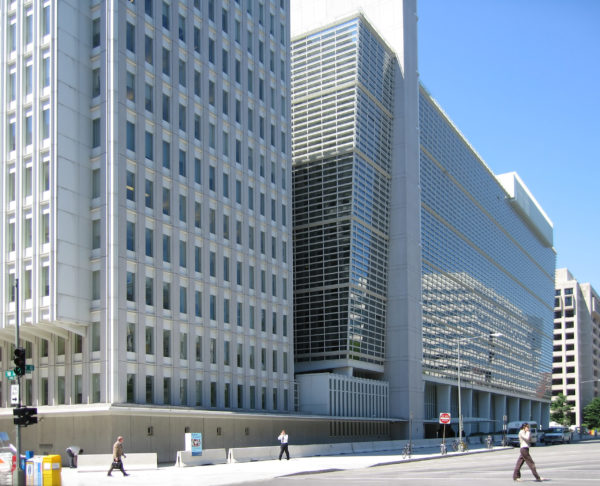The World Bank economic outlook released yesterday has projected less than four per cent economic growth for Sub-Saharan Africa economies in 2022 and 2023.
The report said that in 2021, Sub-Saharan Africa emerged from the recession, but its recovery is still timid and fragile. The region is projected to grow at a rate of 3.3 per cent—a weaker pace of recovery than that of advanced and emerging market economies.
It said that in 2022–23, the region is projected to grow at rates below five per cent; however, growth above five per cent is attainable with rapid vaccine deployment in the region and thereby withdrawal of COVID-19 containment measures. In response to the pandemic, African countries are undertaking structural and economic reforms. Countries have been relatively disciplined on monetary and fiscal policies.
However, the bank said limited fiscal space is handicapping African countries in injecting the fiscal resources required to launch a vigorous policy response to COVID-19.Accelerating the economic recovery in the region would require significant additional externalfinancing, in addition to rapid deployment of the vaccine.
“Africa’s unique conditions, such as low baseline development, preexisting climate vulnerabilities, low use of fossil fuel energy, and high reliance on climate-sensitive agriculture, pose additional challenges from climate change, but also provide opportunities to build and use greener technologies,” it said.
World Bank explained that climate change should be considered by policymakers as a source of structural change. For instance, the energy access problem in the region can be solved by the adoption of renewable energy alongside expansion of the national grid.
“Policy makers need domestic and international financing to create new jobs—including green jobs. For example, in a region where much of the infrastructure, cities, and transportation systems are yet to be built, investments in climate-smart infrastructure can help cities create jobs,” it added.
“In resource-rich countries, wealth exposure to carbon risk can be reduced by fostering asset diversification that supports human and renewable natural capital accumulation. Financing climate change adaptation in Sub-Saharan Africa is essential, and policies to mobilize resources are critical to create more, better, and sustainable jobs”.
The World Bank also said that Ukraine’s economy is expected to shrink by an estimated 45.1 percent this year, although the magnitude of the contraction will depend on the duration and intensity of the war. Hit by unprecedented sanctions, Russia’s economy has already plunged into a deep recession with output projected to contract by 11.2 percent in 2022.
“The magnitude of the humanitarian crisis unleashed by the war is staggering. The Russian invasion is delivering a massive blow to Ukraine’s economy and it has inflicted enormous damage to infrastructure,” said Anna Bjerde, World Bank Vice President for the Europe and Central Asia region. “Ukraine needs massive financial support immediately as it struggles to keep its economy going and the government running to support Ukrainian citizens who are suffering and coping with an extreme situation.”
The war has added to mounting concerns of a sharp global slowdown, surging inflation and debt, and a spike in poverty levels. The economic impact has reverberated through multiple channels, including commodity and financial markets, trade and migration links and adverse impact on confidence.



